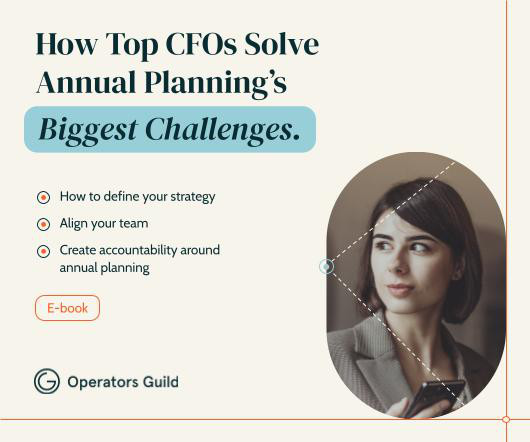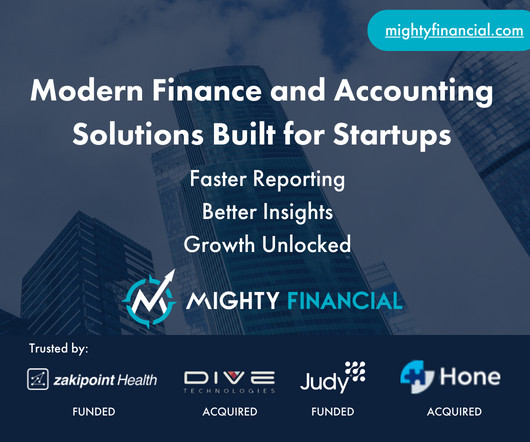What Would Happen if you Built the Reverse of Amazon? It Might Look Something Like This …
Both Sides of the Table
MAY 1, 2014
'Amazon. It’s the company that evokes fear into more startups and venture capitalists looking to fund eCommerce businesses than any other potential competitor. Every pitch I’ve ever seen has led to the, “Would Amazon eventually do this? And could we then compete?” type questions. But what if you could do the reverse of Amazon?





































Let's personalize your content